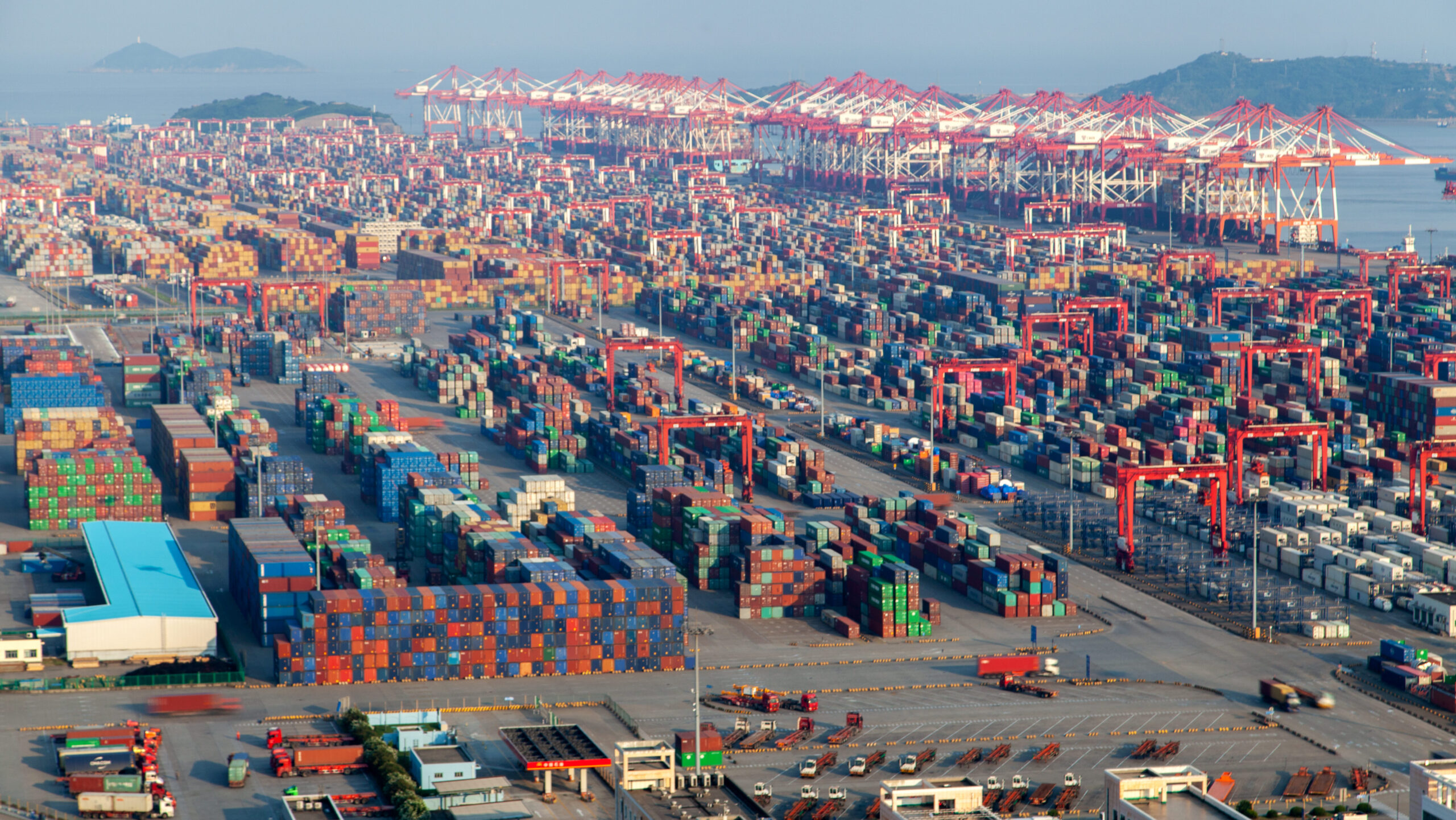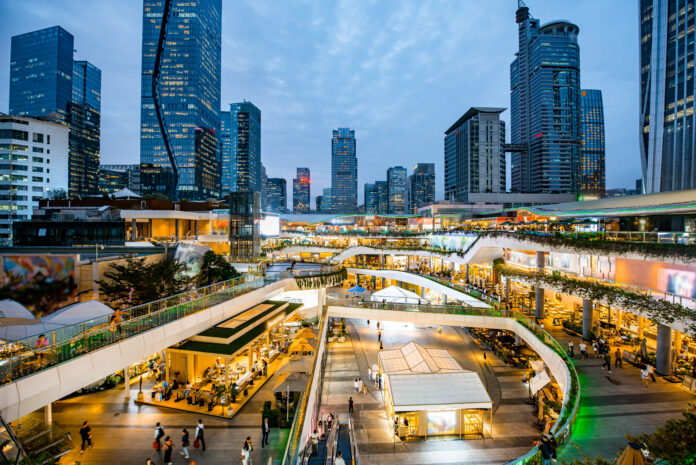China’s economy, long viewed as a global growth engine, is showing signs of strain as it navigates a complex recovery path following the disruptions caused by the COVID-19 pandemic. While certain sectors demonstrate resilience, others are grappling with persistent challenges, raising questions about the sustainability of the recovery and the effectiveness of government interventions.
The National Bureau of Statistics recently reported that China’s gross domestic product (GDP) expanded by 5.2 percent in the first quarter of 2025, a figure that, while positive, fell short of many analysts’ expectations. Manufacturing output slowed to a six-month low, reflecting subdued demand both domestically and internationally. Meanwhile, the real estate market, a critical pillar of China’s economy, continues to struggle with falling prices and stalled projects, dampening investor confidence.
Consumer spending, however, presents a more optimistic picture. Retail sales rose by 6.4 percent in May 2025, surpassing forecasts and suggesting a rebound in household confidence. This uptick is partly attributed to government stimulus measures and easing of pandemic-related restrictions, which have encouraged increased mobility and spending in urban centers.
The export sector, a traditional driver of China’s growth, faces mounting headwinds. Exports to major markets, including the United States and the European Union, declined sharply in recent months amid geopolitical tensions and slowing demand. Trade experts warn that prolonged export weaknesses could exacerbate economic uncertainties and slow the pace of recovery.

Economists note that China’s economic landscape is being reshaped by a shift in global supply chains. Companies are diversifying manufacturing bases outside of China to reduce risks associated with tariffs and geopolitical disputes. This trend poses a challenge to China’s manufacturing dominance but also opens opportunities for industries focused on innovation and domestic consumption.
In response to these dynamics, Beijing has announced a series of fiscal and monetary policies aimed at stimulating growth. These include increased infrastructure spending, tax relief for small and medium enterprises, and measures to support the struggling property sector. Analysts caution, however, that the scale and timing of these interventions will be critical to their success.
Financial markets have reacted cautiously. Stock indices showed modest gains following the release of economic data but remain sensitive to global developments and policy signals from Beijing. Currency markets also reflect uncertainty, with the Chinese yuan experiencing volatility against major currencies.
The implications of China’s economic trajectory extend beyond its borders. As the world’s second-largest economy, shifts in China’s growth influence global commodity prices, trade flows, and investment patterns. For countries like Sri Lanka, which maintain close trade and investment ties with China, understanding these developments is vital for strategic planning and economic resilience.

Industry leaders in Sri Lanka’s manufacturing and export sectors are closely monitoring China’s situation. Many anticipate challenges in supply chain continuity but also recognize potential opportunities to engage with emerging markets or expand domestic capabilities.
Experts emphasize the need for diversified economic strategies that reduce overreliance on any single market or sector. This approach aligns with Sri Lanka’s broader goals of sustainable economic development and integration into global value chains.
In conclusion, China’s post-pandemic economic recovery presents a complex picture of mixed progress and ongoing challenges. The coming months will be pivotal as policymakers implement measures to address structural issues and stimulate demand. For international partners and observers, staying informed and adaptable remains essential in navigating this evolving landscape.




